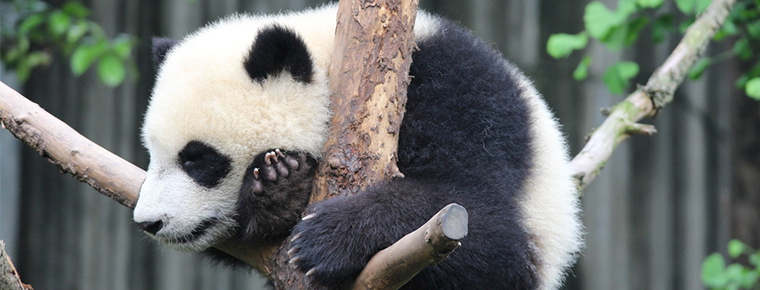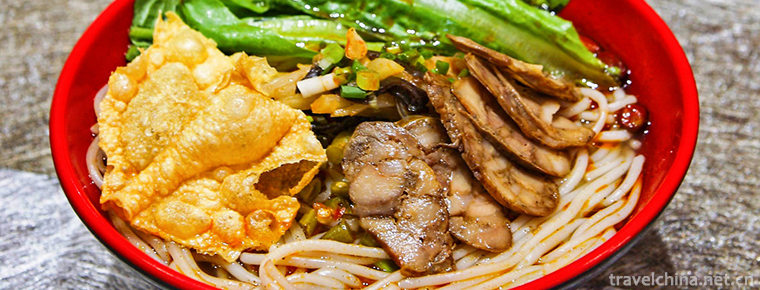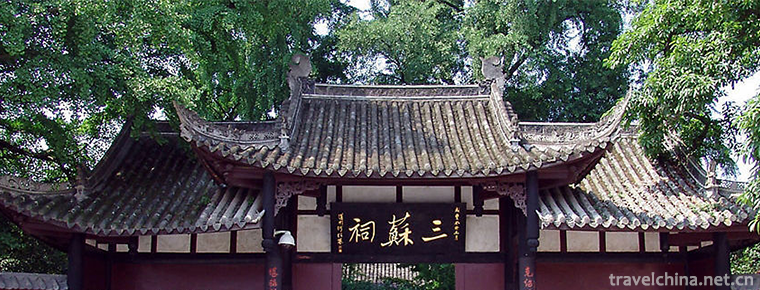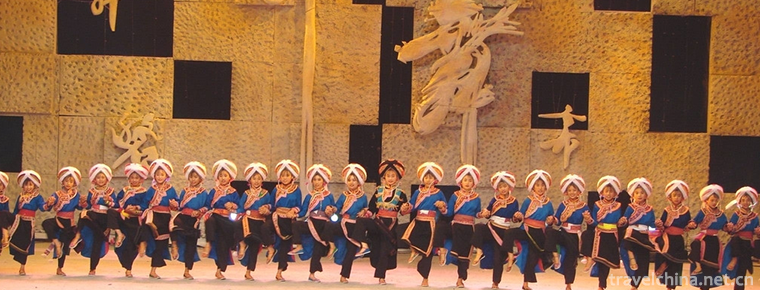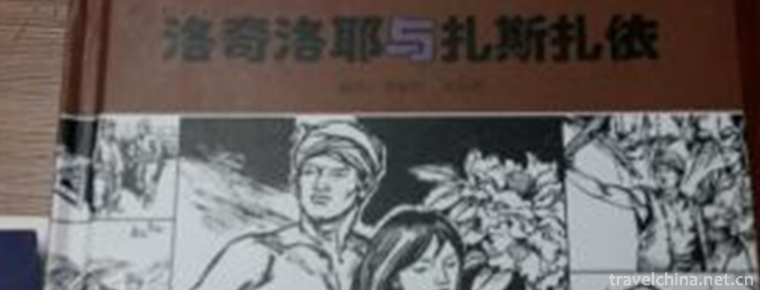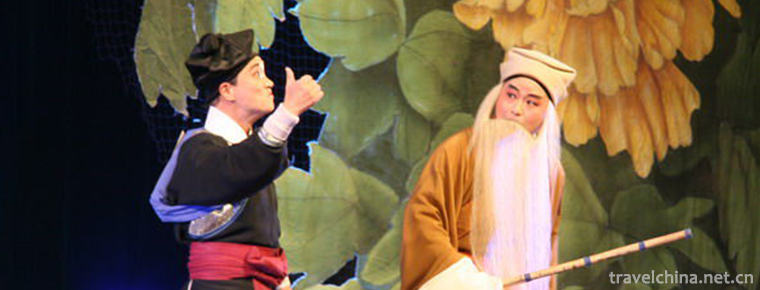The Making Skills of Hui Ink
The Making Skills of Hui Ink
Hui ink production technology, Jixi County, Shexian County, Huangshan Tunxi District, Anhui Province, local traditional handicraft, one of the national intangible cultural heritage.
Hui ink production can be traced back to the late Tang Dynasty, and reached its peak in the Song, Yuan, Ming and Qing Dynasties. Hui ink production technology is complex, such as Tung oil, linseed oil, raw paint have unique refining, cigarette lighting, cooling, collection, storage methods, the construction mode of pine kiln, the time and quantity of burning and adding pine branches, smoke collection and glue selection, boiling, ingredients and agents also have their own secrets.
Hui ink is one of the treasures of Chinese traditional ink making techniques, and also one of the four treasures of the study at home and abroad. In May 2006, Hui ink making skills were approved by the State Council and listed in the first batch of national intangible cultural heritage list.
historical origin
From the existing historical data, Hui ink production can be traced back to the late Tang Dynasty. Due to the Anshi Rebellion, a large number of northern ink workers moved southward, resulting in the southward movement of ink-making centers. Xichao and his son fled to Shezhou in the south of the Yangtze River. Seeing the dense pine forests and clear streams, they settled down and reorganized the old ink industry. His ink is rich in texture and luster.
In the Southern Tang Dynasty, Li Yu was regarded as a treasure by Xi Shimo. Then his son Ting was appointed "Mohist official" and his surname was Li as a reward. The Xi family changed their surname to Li from then on. Since then, Li Mo of Shezhou has become famous all over the world. It has the reputation of "Gold is easy to get, but Li Mo is hard to get", and the national ink-making center has moved to Shezhou to the south. Since then, ink-making masters have emerged, such as Geng Shi, Zhang Yu, Pangu, Wu Zi, Dai Yanheng and so on. Huizhou ink industry has entered its first peak.
In the Song and Yuan Dynasties, ink workers added medicines to make ink on the basis of their predecessors. So that people not only used ink but also began to Tibetan ink, so ink began to develop toward handicraft.
In the Ming and Qing Dynasties, the production of Hui ink entered a flourishing stage. With the rapid development of social economy, the output increased sharply, and the ink-making technology also improved continuously. The pattern carving of ink and the decoration and production of lacquer boxes reached a peak state. Famous workers and famous products emerge in endlessly, forming the Xiuning School represented by Luo Xiaohua, Cheng Junfang and Fang Yulu. In the Qing Dynasty, Hui ink production was divided into four famous systems: Cao Sugong, Wang Jie'an, Wang Jinsheng and Hu Kaiwen. Among them, Wang Jinsheng and Hu Kaiwen were both from Jixi County. They improved and innovated Hui ink on the original basis, and finally made a treasure like "gold does not change". Among them, Longxiang ink, Tianchen ink, Xiantao stone ink, Lagerstroemia stellar ink, Fish Opera lotus ink, West Lake Ten Kingdoms ink, Earth ink and so on are all the masterpieces of the world, making Hui ink "like paint, black color, durable, non-sticky paper and pen, rich fragrance, worship". The characteristics of texture. According to the different raw materials, Hui ink in this period can be divided into pine smoke, oil smoke, lacquer smoke and super lacquer smoke, among which the most valuable are super lacquer smoke and other high-grade oil smoke ink. This kind of ink emits purple and jade luster, which can be used for the dark and moist color of calligraphy; it is used for painting strong but not stagnant, light but not gray, with distinct layers, so it is highly praised by the calligraphers and painters of past dynasties.
From Shunzhi period of Qing Dynasty to Guangxu and Xuantong period, Hui ink was handed down from generation to generation. In January 1956, only Lao Hu Kaiwen, Hu Kaiwen Zhengji, Hu Kaiwen Shunji and Hu Kaiwen Renshan Mozhuang were left in Shexian County. They were merged into the local state-owned Lao Hu Kaiwen Mozhuang Factory in Shexian County. Now Jixi's several ink factories not only produce large quantities of ink for calligraphy and painting, but also restore some excellent traditional products, such as "Treasures of Heaven", "Legacy of King Ting", "Eight Sceneries of Xiaoxiang", "Eight Treasures", "Twelve Zodiac", "Sword", "Moon Jing", "Golden Turtle", "Jade Cicada Ink", "Eighteen Arhats" and so on, are a complete collection of both practical value and appreciation value.
Inheritance and protection
Inheritance value
The ink pattern of Hui ink is a comprehensive art treasure, which is composed of painting, calligraphy, sculpture and sculpture by skillful craftsmen carving famous people's calligraphy and painting. In many aspects, such as industrial drawing, decoration art, printing, medicine and porcelain painting, Hui ink has also been widely used.
Since contemporary times, Hui ink has innovated, developed and restored the production of tea ink, green ink, cinnabar ink, multicolor ink and antique hand-roll ink on the basis of inheriting traditional technology, and added and developed new varieties. In addition, making ink ingots into various art forms and applying colorful, embedded in the Jin box for people to collect, is a major feature of modern ink industry.
Inheritance status
With the progress of society, the living environment of "Four Treasures of the Study" has changed, gradually losing its use value and fading out of people's lives. Traditional ink has been replaced by chemical ink, gradually fading out of people's lives, not to mention the narrow range of ink ingots. The four treasures industry of study is facing many difficulties, including shortage of raw materials, shortage of talents, backward production mode, high waste and high cost. The felling of raw materials Photinia spp. has increased, resulting in scarcity of raw materials, soaring prices and poor efficiency of ink-making enterprises.
Secondly, in the traditional production of Hui ink, the labor intensity is high and the income is not high. Especially in the cigarette making process, it is dirty and tired and needs to work in the high temperature environment. Nowadays, few young people are willing to learn and work. As the older generation of ink-making artists gradually die of old age, the inheritance of Hui ink-making skills is facing difficulties.
Inheriting characters
Zhou Meihong, male, Han nationality, born in June 1957 in Jixi County, Anhui Province. In June 2007, Zhou Meihong was selected as the representative successor of the first batch of national intangible cultural heritage projects and declared in Shexian County, Anhui Province.
Wang Aijun, male, Han nationality, born in February 1965 in Jixi County, Anhui Province. In June 2009, Wang Aijun was selected as the representative successor of the third batch of national intangible cultural heritage projects and declared in Jixi County, Anhui Province.
protective measures
On December 29, 2011, the founding meeting of Jixi Huimo Association was held. Representatives of Huimo enterprises and people who collect and study Huimo ink from all over the county participated in the meeting. The General Assembly adopted the "Work Report" and "Constitution", and elected the leading body of the Association. Wang Aijun, the national representative successor of Hui ink production technology and chairman of Hu Kaiwen Ink Co., Ltd., was elected president.
On May 3, 2018, Vice Chairman of Xuancheng Political Consultative Conference, Eunchaodong, led the research group of "the protection, inheritance and industrial development of the four treasures in the study", and went to Jixi County to investigate the situation of "the protection and industrial development of Hui ink technology".
major schools
She faction, represented by Chengjunfang and Fang Yulu, is an important member of Chengjunfang and Fang Yulu faction. Luo Xiaohua's tung oil fume ink is praised as "hard as stone, with rhino grain, black as paint, a snail is worth ten thousand dollars". Cheng Junfang's ink-making is based on Confucian ethics, astronomy, geography, the middle universe and ingenuity. His inscriptions and pictures are mostly from the hands of calligraphers and painters, with artistic attainments. Fang Yulu's "nine metaphysical and three-pole ink" has been praised as "unprecedented".
The founders of Xiu School are Wang Zhongshan and Shao Ge, followed by Shao Qiongqing, Wang Chunyuan, Sangzili, Wang Hongjian's father and son, Sang Zhenglin, Wang Junqing, Ye Xuanqing, Wang Fanfang, Ye Xianglong, Wu Qudun, Wang Shimao, Shao Zhenglin, etc. Most of them are ink-making workers with rich practical experience and skilled operation skills. They not only produce famous ink such as Taiji, Xuanxiang Taishou, Haqing and Songzi Climate, but also create a set of cluster ink, the so-called "Jijimo Ink". Meanwhile, they are famous not only for their quality, but also for their exquisite ink style.
social influence
Important exhibition
From September 8 to 12, 2017, the 3rd China intangible cultural heritage traditional skills exhibition was held in Huangshan City, Anhui Province. Wang Aijun, the inheritor of Hui ink production skills, performed on-site production techniques.
Honorary commendation
In 1915, Huimo "Earth Ink" was awarded the Gold Prize of Panama World Expo and the Excellent Prize of Nanyang Exercise.
In 1989, Huimo was awarded the National Quality Gold Prize.
In 1994, Huimo won the Gold Prize of the Fifth International Exposition for Asia and the Pacific.
From 2000 to 2004, Huimo has been awarded the certificate of the Four Treasures of Chinese Housing.

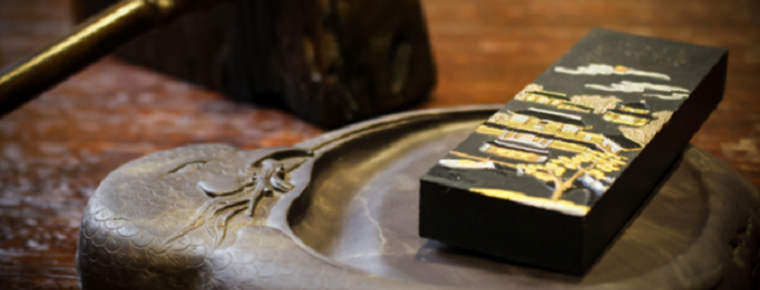
-
Snail rice noodles
Snail jelly powder is a kind of snack rice flour in Liuzhou City, Guangxi Zhuang Autonomous Region. It has the unique flavor of hot, cool, fresh, sour and hot. is the most famous local snack in Liuzho.
Views: 314 Time 2018-11-05 -
Baiyang Lake
Baiyang Lake/Anxin Baiyangdian Scenic Area is located in the central part of Hebei Province. Anxin Baiyangdian is the largest inland lake in Hebei Province.
Views: 321 Time 2018-11-24 -
Henan Mayuxing Barrel Chicken
Henan Mayuxing Barrel Chicken is a famous specialty dish in Kaifeng. It is famous for its bright yellow color, salty fragrance, tender crisp, fat but not greasy.
Views: 149 Time 2018-11-25 -
Sansu Temple Scenic Area
Sansu Temple Scenic Area is located in the west of Meishan City, Sichuan Province. It is a national AAAA-level tourist attraction, a national key cultural relics protection unit, and a national second.
Views: 94 Time 2018-12-19 -
Devil City
The Devil City is also known as the Wind City of Urho. Wuerhe Mining Area in the lower reaches of Jiamu River, located in the northwest margin of Junggar Basin.
Views: 86 Time 2019-02-07 -
Eight treasures sweet rice
Babao sweet rice, also known as Babao rice, is a traditional snack with glutinous rice as its main ingredient. With jujube, lotus seed, Baitai, white fruit, longan meat, green red silk and so on.
Views: 202 Time 2019-03-26 -
Emei Chito
"A Mei Qituo" is the original ecological dance name of a group of Yi people. It is translated as "Girl Marriage Dance" in Chinese and originated from Sanbao Yi Township in Qinglong.
Views: 183 Time 2019-03-28 -
Lodgeroye and Zaszai
Lodgeroye and Zaszai is a representative long poem of Hani poetry style, which is widely spread in all villages inhabited by Hani Biyo people in Hani Autonomous County of Mojiang. There are ten chapte.
Views: 167 Time 2019-05-15 -
Xi Opera
Xiju opera, one of the national intangible cultural heritages, is popular along Shanghai and Nanjing, as well as in Hangzhou, Jiahu, Huzhou and urban and rural areas of southern Anhui..
Views: 139 Time 2019-07-01 -
Animal resources in Leshan
The composition of the wild fauna in Leshan City is located in the transitional zone between the Palaearctic realm and the Oriental realm. It is mainly composed of the southwest region and central China region of the Sino Indian subregion in the Oriental realm. .
Views: 335 Time 2020-12-17 -
Nanchong hydrology
Nanchong is rich in precipitation. The average annual precipitation is 1000 mm, excluding evaporation, the annual total water is about 4.191 billion cubic meters, and the average annual runoff depth is about 313 mm. The distribution of runoff depth is generally .
Views: 347 Time 2020-12-17
